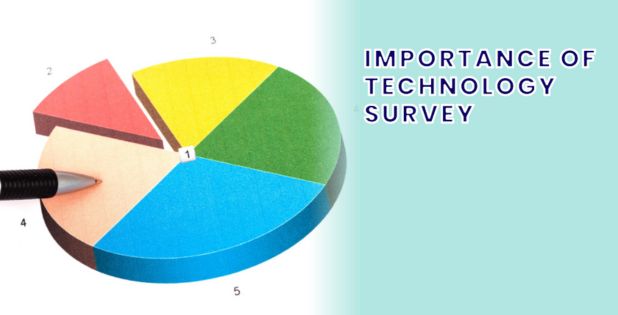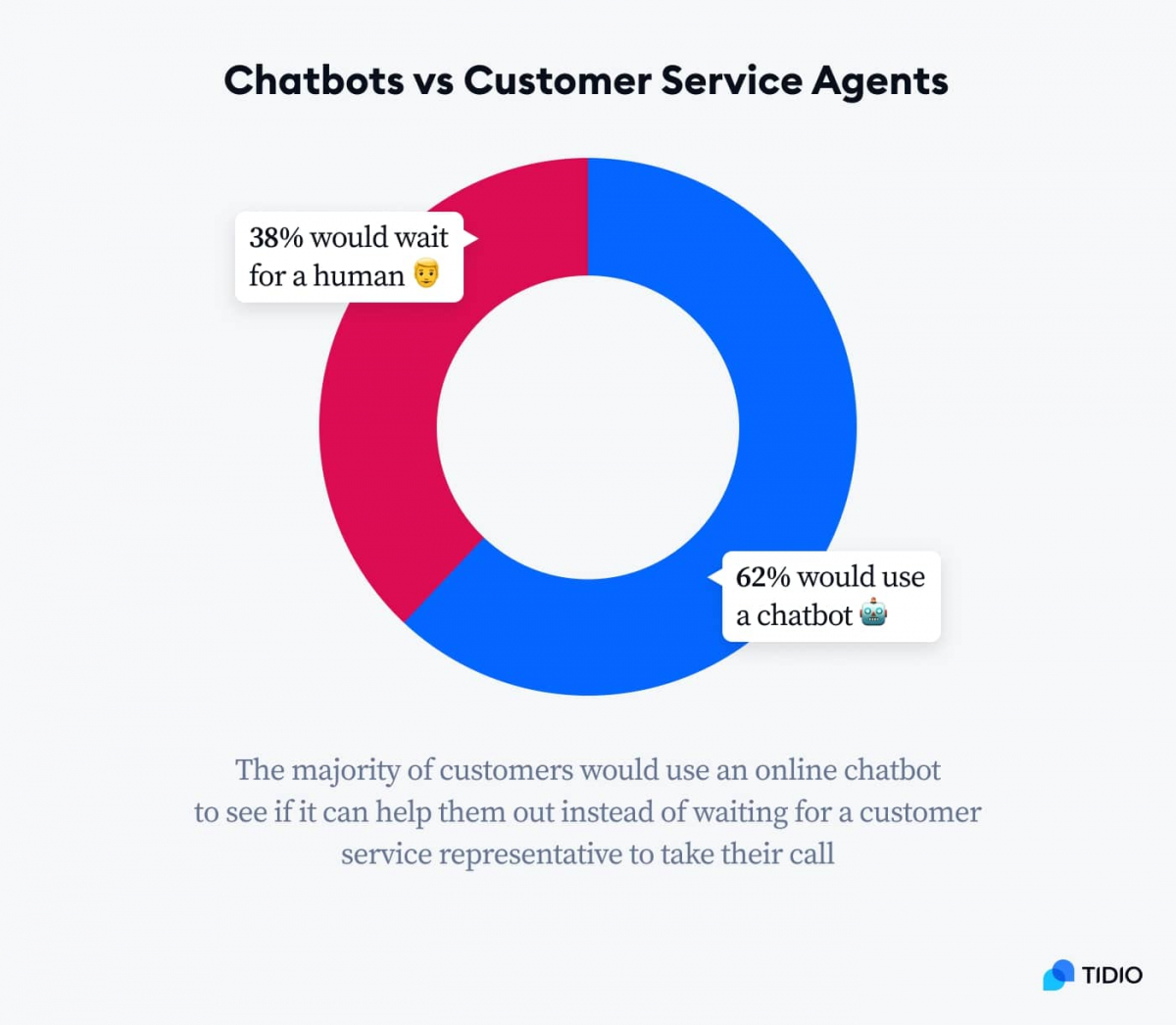Technology Surveys: A Tool for Understanding Consumer Behavior

The Role of Healthcare Surveys in Improving Patient Care
December 10, 2023
10 Time-Saving Tips for Increasing Online Survey Response Rates
December 12, 2023Understanding consumer behavior is more crucial than ever in today’s rapidly evolving technological landscape.
 As technology permeates every aspect of our lives, businesses must adapt to changing preferences and expectations to remain
competitive.
Fortunately, a powerful tool exists to help them navigate this dynamic environment: technology surveys.
These surveys go beyond simply gathering data ‚Äď they offer a window into the consumer’s mind, revealing motivations, attitudes,
and hidden trends. 
By analyzing responses, businesses can gain invaluable insights into how individuals interact with technology, make purchasing
decisions, and engage with various products and services.
Imagine having a direct line to your target audience, understanding their desires and frustrations firsthand. 
This is the power that technology surveys unlock.
They bridge the gap between assumptions and reality, providing a data-driven foundation for making informed decisions about
product development, marketing strategies, and overall business direction.
What is a Technology Survey?

A technology survey is a valuable tool to gather data and insights about the usage, preferences, and attitudes
toward technology within a specific group or population. 
It encompasses various topics, including software applications, hardware devices, internet usage patterns, cybersecurity
awareness, and emerging technologies. 
Analyzing these surveys, organizations can make informed decisions about product development, marketing strategies, and
customer experience improvements.
Importance of Technology Survey

One significant benefit of technology surveys is their ability to gauge the digital proficiency level of individuals or groups.
This insight is crucial for tailoring educational programs and resources to bridge the digital divide and ensure everyone can
harness the benefits of technological advancements. 
Furthermore, through in-depth questions on privacy concerns and data security practices, technology surveys shed light on how
users perceive the risks associated with modern technology‚ÄĒthe findings are instrumental for policymakers and technologists
aiming to enhance cybersecurity measures.
Technology surveys can be used for a variety of purposes, including:
- Understanding market trends: Identifying popular technologies, emerging trends, and potential growth areas.
- Informing product development: Gathering feedback on existing products and services, identifying areas for improvement, and understanding user needs for future development.
- Tailoring marketing campaigns: Gaining insights into consumer preferences and behavior to create targeted and effective marketing campaigns.
- Improving customer satisfaction: Measuring customer satisfaction with current offerings and identifying areas where improvements can be made.
- Evaluating technology adoption: Assessing the level of adoption of new technologies and identifying barriers to adoption.
- Guiding policy decisions: Informing government and regulatory bodies about public opinion on technology issues and helping them develop appropriate policies.
In today’s rapidly evolving digital landscape, conducting regular technology surveys enables businesses to keep pace with
changing consumer behaviors and technological expectations.
 The dynamic nature of these surveys allows companies to adapt their offerings in real-time instead of relying on outdated
assumptions‚ÄĒultimately leading to higher customer satisfaction and market relevance.
Understanding Consumer Behavior

Consumer behavior refers to individuals’ actions and decisions when purchasing or using goods and services.
The ubiquity of technology has fundamentally reshaped our lives, transforming how we communicate and access information,
make decisions, engage with brands, and even perceive the world around us.
 In the technology era, this behavior is influenced by a multitude of factors, including:
-
- Technology adoption: The willingness and ability of individuals to embrace new technologies and integrate them into their daily routines.
- Digital literacy: The knowledge and skills needed to navigate the digital landscape effectively and safely.
- Online interactions: The influence of social media, online reviews, and influencers on decision-making processes.
- Personalization: The desire for customized experiences and products that cater to individual preferences and needs.
- Data privacy: The growing concern about data collection and usage online influences trust and brand loyalty.
Types of Technology Surveys 
Technology surveys can be broadly categorized into two types:
- Quantitative surveys: Collect numerical data through closed-ended questions with pre-defined answer choices. This type of survey is ideal for gathering statistically valid data and identifying trends.
- Qualitative surveys:¬†Collect in-depth and detailed information through open-ended questions and interviews. This type of survey helps understand the underlying reasons behind people’s behaviors and attitudes.
Different Types of Technology Surveys
- Online surveys: Discuss the ease of distribution and analysis of online surveys, including their reach and cost-effectiveness.
- Mobile surveys: Explain the convenience of mobile surveys and their ability to capture real-time data in the context of use.
- Social media surveys: Explore the advantages of leveraging social media platforms to collect feedback from targeted audiences.
- In-app surveys: Highlight the effectiveness of in-app surveys in understanding user engagement and app functionality.
- Interactive surveys: Discuss using interactive elements like multimedia and branching logic to enhance engagement and data quality.
Key Areas Where Tech Surveys Reveal Consumer Behavior
Purchasing and spending
- Surveys show links between tech use and online buying, subscriptions, etc.
- Provides breakdowns on device services impacting spending
- Compares age groups and tech-savvy vs. reluctant adopters
Digital media consumption
- Breaks downshift from TV to streaming and mobile media
- Tech central to entertainment, news, communication
- Quantifies e-books vs. print books based on survey data
Health, wellness, and IoT
- Wearable adoption and usage patterns
- Willingness to share health data implications
- Home device usage and smart home technology integration
Work and finance tech
- Work-from-home and remote work tech impacts
- Fintech and mobile payment adoption factors
- Security fears and lack of trust hinder adoption.
Key Takeaways and Implications
- Importance of tech surveys to monitor changes over time
- Understanding consumer motivations, barriers around tech use
- Informing product development, marketing, and customer engagement
Future Trends in Technology Surveys

Technology surveys have become indispensable for businesses and organizations seeking to understand consumer behavior and
trends in the ever-evolving technological landscape.
 As technology advances and consumer preferences shift, technology surveys must adapt and evolve to remain relevant and
practical.
Here are some key trends shaping the future of technology surveys:
1. Increased Use of Artificial Intelligence (AI):
AI technology is integrated into various survey development, administration, and analysis aspects.
AI-powered survey platforms can automate tasks such as:
-
- Generating surveys: AI can automatically analyze existing data and trends to create survey questions relevant to specific objectives.
- Targeting respondents: AI algorithms can select respondents that match specific demographic or behavioral profiles for more accurate data collection.
- Analyzing data: AI can analyze survey responses and identify patterns, trends, and insights that would be difficult to detect manually.
- Personalizing surveys: AI can tailor the survey experience to individual respondents, optimizing engagement and response rates.
2. Emergence of Conversational Interfaces:
Chatbots and voice assistants are becoming increasingly popular, and their use in technology surveys is expected to grow.
Conversational interfaces offer a more natural and engaging way for respondents to interact with surveys, leading to higher
completion rates and richer data.

3. Immersive Technologies:
Virtual reality (VR) and augmented reality (AR) are finding their way into surveys, offering a more immersive and engaging way
for respondents to provide feedback.
VR surveys can simulate real-world scenarios, allowing respondents to interact with products and services in a realistic setting.
4. Gamification:
Adding game elements to surveys can make them more engaging and increase completion rates.
Gamification techniques like points, badges, and leaderboards can motivate respondents to participate and provide thoughtful answers.
5. Mobile-First Design:
Technology surveys must be optimized for mobile platforms with the increasing use of smartphones and mobile devices.
This includes responsive design, short questions, and integration with mobile-friendly data collection tools.
6. Blockchain Technology:
Blockchain technology can be used to ensure the security and transparency of survey data. Researchers and organizations can provide tamper-proof and trustworthy data by storing survey data on a decentralized blockchain.
7. Focus on Data Privacy and Security:
Data privacy concerns are at an all-time high, and technology survey providers must prioritize data security and transparency.
This includes obtaining informed consent from respondents, clearly explaining how data will be used, and implementing robust
security measures to protect personal information.
8. Real-Time Data Analysis:
Technological advancements allow researchers to analyze survey data in real time, making informed decisions and taking action quickly.
This is particularly useful for monitoring social media sentiment and tracking real-time trends.
9. Global Reach:
As technology continues to break down geographical barriers, it’s becoming easier to conduct surveys with a global audience.
This allows researchers to collect data from diverse populations and gain a more comprehensive understanding of global trends.
10. Ethical Considerations:
Developing and conducting technology surveys ethically is crucial.
This includes ensuring informed consent, protecting data privacy, avoiding bias, and being transparent about the purpose of the study.
These trends highlight the exciting future of technology surveys. 
By embracing innovation and prioritizing ethical considerations, technology surveys can continue to play a vital role in
understanding consumer behavior and driving positive change in the world.
Conclusion
In conclusion, technology surveys have proven valuable for gaining insights into consumer behavior.
Businesses can better understand their target audience’s preferences and habits by leveraging data and analytics.¬†
This knowledge can effectively tailor products, services, and marketing strategies to meet consumer needs.
 As technology evolves, the importance of utilizing surveys to stay ahead of changing consumer behaviors cannot be overstated. 
Therefore, businesses must invest in robust survey tools and methodologies to remain competitive in today’s fast-paced digital
landscape.
 Embracing technology surveys to understand consumer behavior will undoubtedly pave the way for improved customer
satisfaction and business success.


